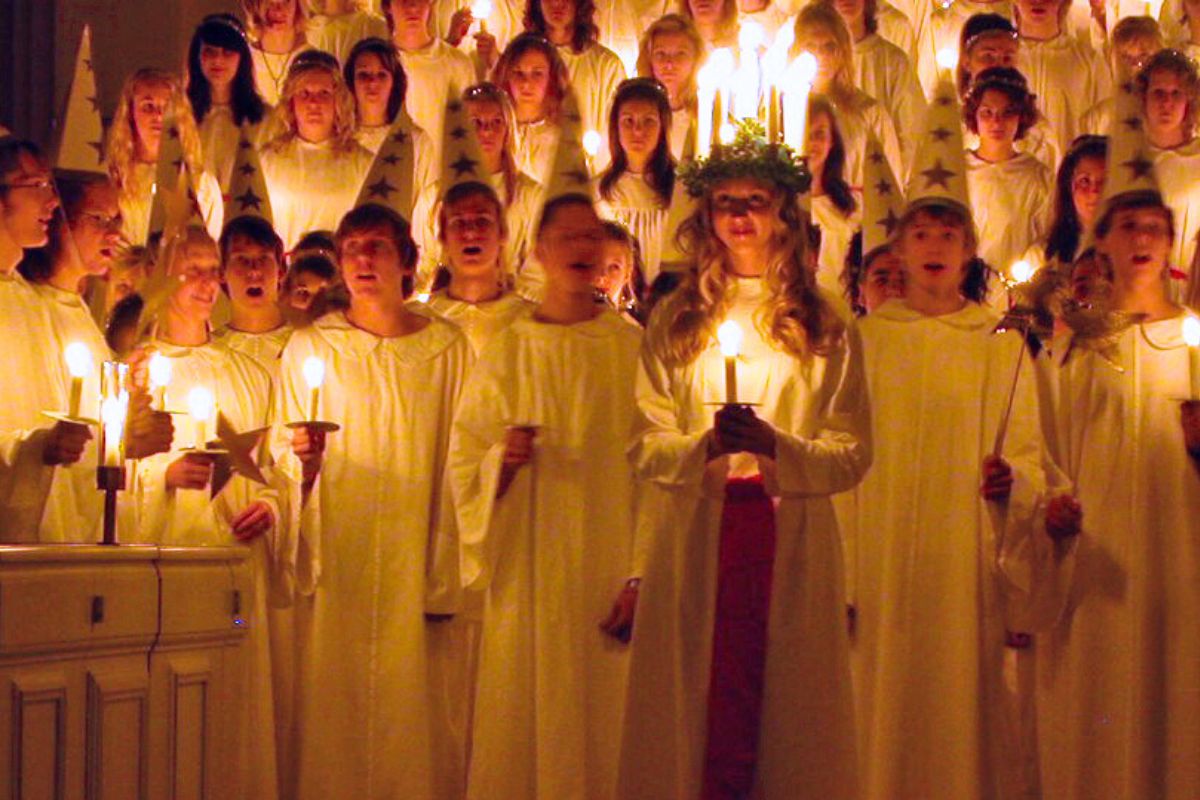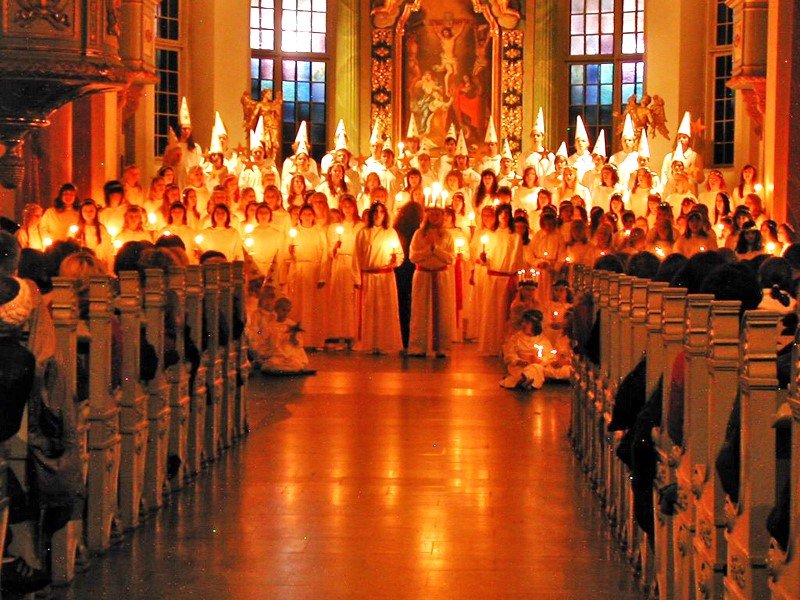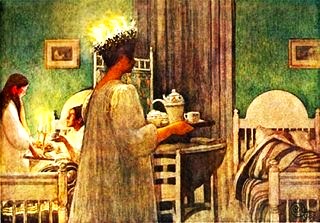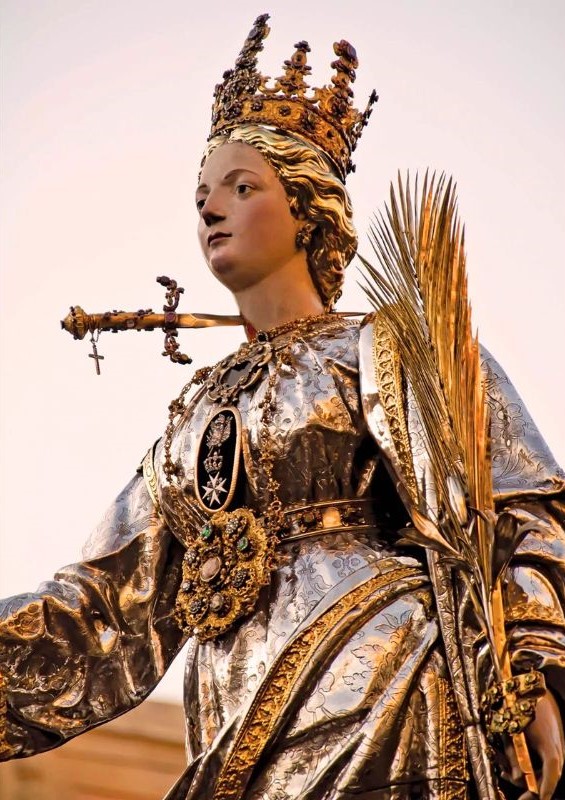


NEW DELHI: St. Lucia’s Day, a significant December festival in parts of the Nordics, is celebrated on December 13, historically coinciding with the Winter Solstice in the old Julian calendar. Folklore associates this date with a perilous long night plagued by evil spirits, emphasising the importance of staying awake. This vigil was facilitated by eating, explaining the close association of feasting with the celebration on December 13. Beyond Christmas, St. Lucia’s Day holds cultural prominence, rooted in historical perceptions of warding off darkness and malevolent forces during the darkest time of the year.

On St. Lucia’s Day, eating plays a role in staying awake, explaining the enduring association of feasting with the celebration on December 13. Beyond being a precursor to Christmas, St. Lucia’s Day holds cultural significance, rooted in the historical belief of warding off darkness and malevolent forces during the darkest period of the year.
Also Read: Lalit Khaitan becomes billionaire
The festival commences with a procession led by the chosen St. Lucia, followed by girls in white adorned with lit wreaths on their heads and boys in white pyjama-like attire singing traditional songs. Serving as the kickoff for the Christmas season in Scandinavia, the festival aims to instill hope and illuminate the darkest period of the year.

St. Lucia, known as the ‘bearer of light,’ traditionally offered food, a practice reflected in modern celebrations where Scandinavians indulge in sweet treats. Lussekatter (saffron buns with or without raisins) and gingerbread biscuits are the mainstays, accompanied by glögg or coffee. The procession features candlelight and choir songs, with “Sankta Lucia” being the most renowned, and cherished by many Scandinavians.

Saint Lucia is a martyr and is the patron saint of the city of Syracuse. Her name is traditionally associated with her name with light and is often depicted carrying a dish containing eyes. The Saint lived during the Roman Empire and is believed to have been martyred for her Christian faith in the early 4th century. She is often depicted with a crown of candles or with her eyes on a platter, symbolising her sacrifice and devotion to the Christian faith.
According to apocryphal texts, Lucy, hailing from a wealthy Sicilian family, rejected marriage and worldly possessions, choosing to remain a virgin in the tradition of St. Agatha. An angered suitor reported her to Roman authorities, leading to a sentence of removal to a brothel for forced prostitution. However, divine intervention prevented this, rendering Lucy immovable. Subsequent attempts to execute her by fire proved unsuccessful, and she ultimately met her demise when her neck was pierced by a sword.